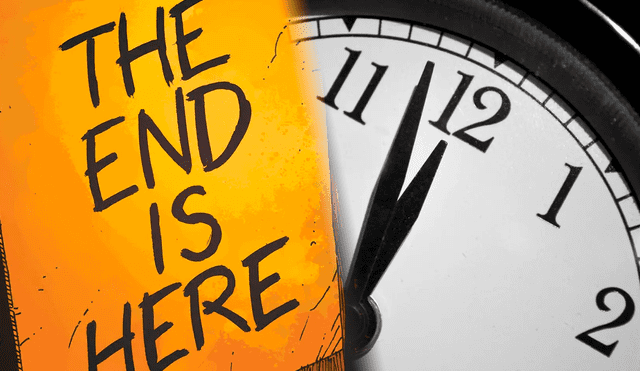Doomsday Clock 2025: How close are we to Global Catastrophe? Scientists’ warning explained
The Doomsday Clock 2025 is now at 89 seconds to midnight, the closest to global catastrophe in history. Nuclear tensions, climate change, and technological risks are driving the change, urging immediate global action.

On January 28, 2025, the Bulletin of the Atomic Scientists moved the Doomsday Clock to 89 seconds before midnight, marking the closest it has ever been to global catastrophe. The Doomsday Clock, a symbolic measure introduced in 1947, reflects humanity's proximity to existential threats, with midnight representing the point of global destruction.
This adjustment highlights the escalating dangers posed by nuclear tensions, climate change, and advancements in technology. Here’s what you need to know about the latest warning from scientists and the key factors influencing this historic decision.
Why the Doomsday Clock moved closer in 2025
1. Nuclear Threats
The ongoing conflict in Ukraine has significantly heightened global nuclear risks.
- Rising tensions between major powers, coupled with concerns over nuclear weapons being deployed, have destabilized global security.
- Additional nuclear developments in North Korea and Iran have further compounded the threat, adding to fears of escalation and misuse of nuclear capabilities.
2. Climate Change Crisis
The past year has witnessed unprecedented climate-related disasters, which scientists say underscore the urgency of addressing environmental challenges.
- Record-breaking temperatures, rising sea levels, and extreme weather events continue to demonstrate the dire consequences of inaction on climate change.
- Despite international agreements, progress toward meaningful reductions in greenhouse gas emissions has been slow.
3. Emerging Technological Risks
Advances in artificial intelligence and biotechnology present a double-edged sword.
- While these technologies have transformative potential, they also create risks when misused or poorly regulated.
- The lack of global governance on these rapidly evolving innovations contributes to their inclusion as a critical factor in the Doomsday Clock’s adjustment.
What are the context of the Doomsday Clock
The Doomsday Clock was first created in 1947 by the Bulletin of the Atomic Scientists to serve as a metaphorical warning about humanity’s proximity to self-destruction.
- Over its history, the Clock has been adjusted 26 times, reflecting changes in global threats.
- The current setting of 89 seconds to midnight breaks the previous record for the closest humanity has come to the metaphorical midnight.
This adjustment is intended to emphasize the severity of the current global situation and urge immediate action to mitigate these risks.
